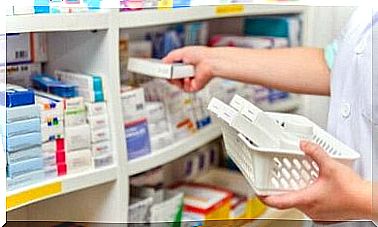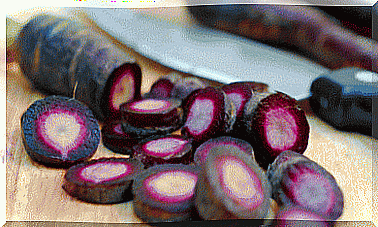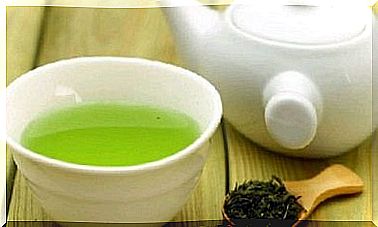How The Body Can Convert Glucose
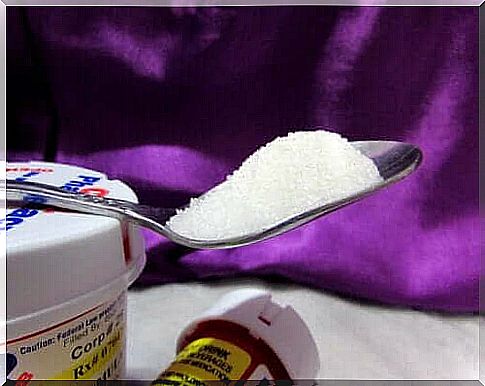
How can the body convert glucose? Although glucose is very important for the body to function normally, it is needed in moderation. When glucose levels are too high or out of control, it can cause serious health problems.
Glucose is a monosaccharide that contains six carbon atoms. It is a form of sugar and is one of the most abundant organic components on earth.
One of its primary functions for humans is a source of energy for all the cells in the body. Many of one’s organs need sugar, such as the brain and other tissues. Along with lipids, glucose is one of the primary energy-giving substances.
Glucose and sugar are not the same
These are two components that should not be confused. Sugar (sucrose) is a chemical that consists of glucose molecules and fructose molecules.
Although the body will convert glucose after breaking it down, sugar is not necessary in one’s diet. What the body needs is glucose. And as we will see below, it may come from other sources.
Primary sources of glucose
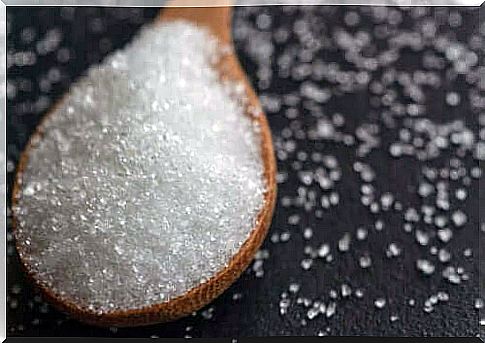
The way we normally ingest glucose is through carbohydrates and sugar. The most common are bread, pasta, rice, vegetables, fruits and dairy products.
All carbohydrates end up contributing glucose to the body when they are broken down. The only exception is fiber. Since your body does not have the right enzymes to break it down, it passes intact through the digestive tract until it reaches the gut. Your gut bacteria are responsible for digesting it.
However, we should note that the body also has other pathways to energy in the absence of carbohydrates. By using fat and protein, other metabolic pathways can function and thus the body can convert glucose.
How can the body convert glucose?
When you eat foods rich in carbohydrates, your body begins to digest them. From the mouth to the small intestine and thanks to enzymes, digestive juices and movements in the digestive system , the body can break down complex carbohydrates to get glucose.
The glucose molecules pass to the small intestine. From there, they can still not be used by your cells.
Once in the small intestine, they pass into the bloodstream. At that point, the pancreas and insulin come into play. When the brain detects the presence of glucose in the blood, it sends a signal to the endocrine gland to secrete insulin. In normal situations, the pancreas automatically secretes the necessary insulin at all times.
We can say that insulin is the key that opens the door of cells so that glucose can penetrate. Once inside the cell, it is ready for your cells to use it as an energy source.
In fact, the body will convert glucose differently from the source
Although both sugar and carbohydrates end up providing energy to the body, the way the body converts glucose changes depending on what you eat.
Some foods are basically rich in simple sugar: Honey, white sugar, syrup, soda and fruit juice. Since these foods are easily digested, glucose also reaches the blood faster, causing the blood glucose levels to rise. In response, the pancreas also secretes more insulin, which is then abundant in the blood.
One of the consequences of this reaction is that after the action of insulin there is a rapid decrease in the glucose level in the blood, leading to hypoglycemia. This can lead to hunger, dizziness, double or blurred vision and cause headaches.
On the other hand, when eating foods rich in complex carbohydrates (whole grains and high-fiber foods), the body converts glucose differently: it is a slower and more gradual process.
As a result, insulin also appears more constantly. Blood glucose levels remain constant and prolonged, avoiding sudden increases in blood sugar and lack of energy.
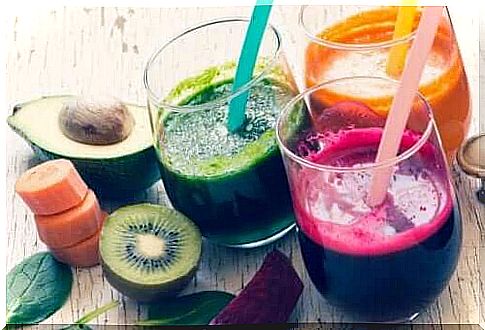
Health consequences of simple sugar
We have already seen that eating foods rich in simple sugars can cause increases in insulin and glucose levels. On an ongoing basis, this creates a greater risk of suffering from diseases such as obesity, cardiovascular disease, high blood pressure and metabolic diseases.
In addition, there is a risk that your pancreas will end up not functioning normally or that your cells will generate insulin resistance. If this happens, your blood glucose levels will be persistently high – which is what we call diabetes.
The body needs good glucose
As we have seen, rapid combustion can cause energy levels to rise and fall during the day. And in the long run, it can lead to problems with insulin resistance or type 2 diabetes.
The best way to avoid this is by eating fresh foods that are rich in complex carbohydrates: fruits and vegetables, whole grains, root vegetables and dairy products.

